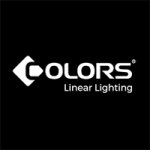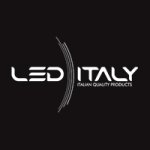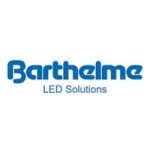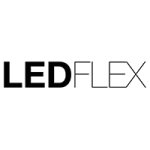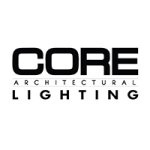Table of Contents Hide
- 1 The architectural lighting revolution: LED strip lights as drivers of design, sustainability, and innovation
- 2 A symphony of advantages
- 3 How LED strip lights transform architectural spaces
- 4 Unveiling the spectrum of LED strip lights for architectural lighting excellence
- 5 The transformative potential of LED strip lights
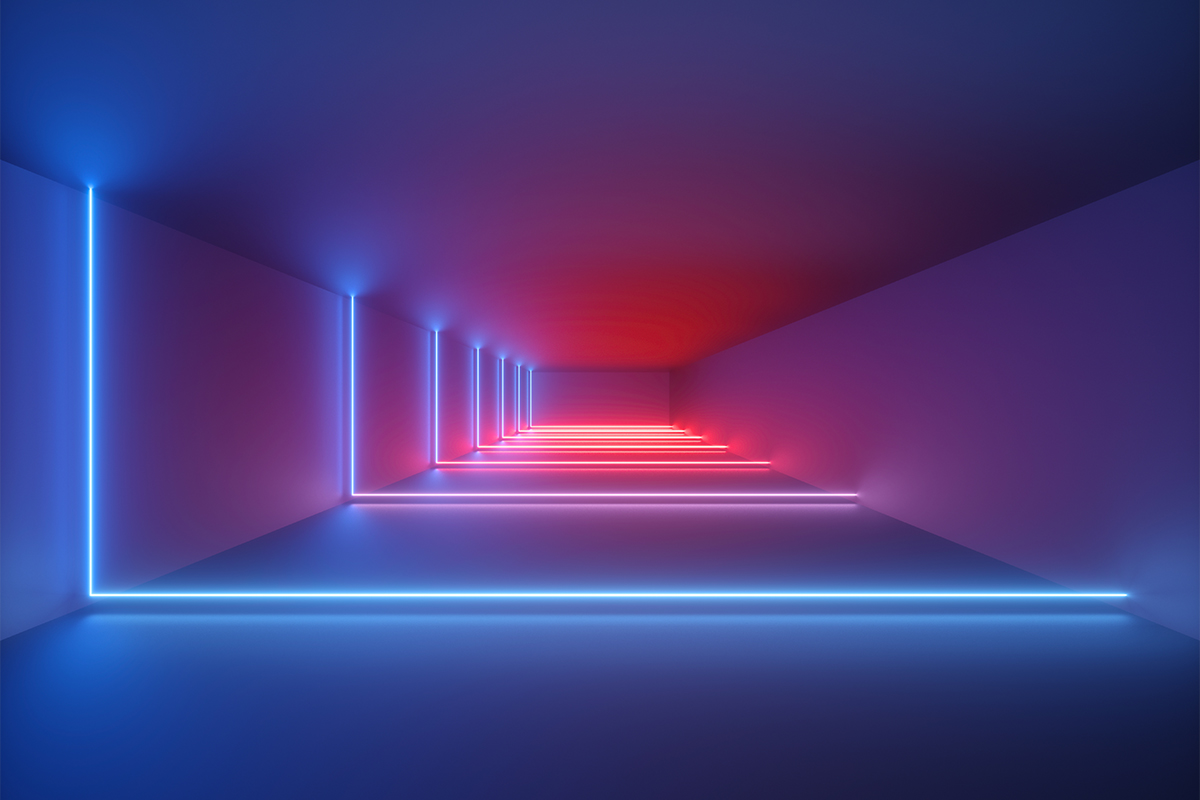
The architectural lighting revolution: LED strip lights as drivers of design, sustainability, and innovation
LED strip lights have become an indispensable tool in architectural lighting, offering a perfect blend of functionality and aesthetics. The integration of LED strip lights into architectural lighting has ushered in a new era of design possibilities, sustainability, and technological innovation. Their adaptability to various surfaces, dynamic color options, and energy-efficient performance contribute to their widespread use in transforming architectural spaces into visually stunning and engaging environments. As the architectural landscape continues to evolve, LED strip lights will likely remain at the forefront of lighting design, continually shaping the way we experience and interact with built environments.A symphony of advantages
The advantages of LED strip lights in architectural lighting applications encompass their adaptability, energy efficiency, color versatility, uniform illumination, longevity, customization options, ease of installation, and integration with advanced control systems.Transformative design flexibility
LED strip lights have revolutionized architectural lighting by offering unparalleled design flexibility. They can be easily installed along curves, edges, and contours, providing a high level of design flexibility. Architects and lighting designers now have the tools to create dynamic, customized, and visually captivating lighting installations that seamlessly blend with the architectural elements of a space.Aesthetic enhancement
The adoption of LED strip lights contributes to enhanced aesthetics in architectural spaces. LED strips excel in creating dynamic lighting effects, such as color-changing sequences, fades, and animations. This dynamic capability is particularly beneficial for architectural lighting where designers seek to evoke emotions, enhance aesthetics, and create engaging visual experiences. The ability to choose from a wide range of colors, control brightness, and create dynamic lighting scenes adds a layer of sophistication and visual interest to buildings, both indoors and outdoors.Customization and personalization
LED strip lights enable user-centric customization and personalization of lighting designs to meet specific architectural and functional requirements. These lights empower people to tailor the lighting to their preferences. Whether it's accentuating specific features, creating ambient lighting, or adapting to different moods, LED strips offer a level of control that enhances the user experience.Technological integration
The integration of LED strip lights with smart controls and automation systems represents a seamless convergence of design and functionality. This technological synergy allows for remote management, programmable lighting scenarios, and the seamless integration of lighting into overall building management systems. Remote control, programmable scenes, and integration with other smart building systems elevate the overall intelligence and efficiency of architectural lighting solutions.Energy efficiency and sustainability
LED strip lights are synonymous with energy efficiency and sustainability. The emphasis on energy efficiency in architectural design has led to the widespread adoption of LED strip lights. The reduced need for frequent replacements contributes to cost savings and sustainability. The energy savings, reduced maintenance costs, and extended lifespan contribute to a positive return on investment over time.Ease of installation
LED strips are designed for easy installation, making them suitable for a variety of architectural lighting projects. The simplicity of installation allows for quick deployment and reduces labor costs, making LED strips an attractive option for architects and lighting designers.How LED strip lights transform architectural spaces
LED strip lights find application across a diverse range of architectural settings, from accentuating building facades and interiors to creating immersive lighting experiences in public spaces. Their adaptability makes them a versatile choice for architects seeking innovative solutions for various projects. The adoption of LED strip lights in architectural lighting represents a harmonious blend of artistic expression, sustainability, and technological innovation.LED strip lights are employed to illuminate building facades, creating visually striking effects, enhancing architectural details, and transforming the nighttime appearance of structures. Digital LED strips are integrated into media facades, turning building surfaces into dynamic displays. The flexibility of LED strips allows for linear lighting designs that follow architectural lines or contours. This versatility is particularly valuable for creating clean and contemporary lighting arrangements in both interior and exterior spaces. LED strips are extensively used for aesthetic illumination in architectural spaces.
These lights are commonly used for indirect illumination, reducing harsh shadows and creating a soft, diffused glow that contributes to a comfortable and visually appealing environment. They are installed in coves or recessed areas to create indirect lighting. Cove lighting provides a soft and uniform glow, contributing to ambient illumination and adding depth to interior spaces. LED strips serve practical purposes by providing linear path lighting along walkways, stairs, and outdoor pathways, enhancing safety while contributing to the overall aesthetic appeal of landscaping.
LED strip lights are used to outline building facades, windows, doorways, and other architectural features, adding a visually appealing and modern touch to structures. LED strip lights are widely used for accent lighting, highlighting specific architectural elements such as columns, arches, or textured surfaces. The ability to precisely outline or emphasize details enhances the overall design and aesthetics of a building.






